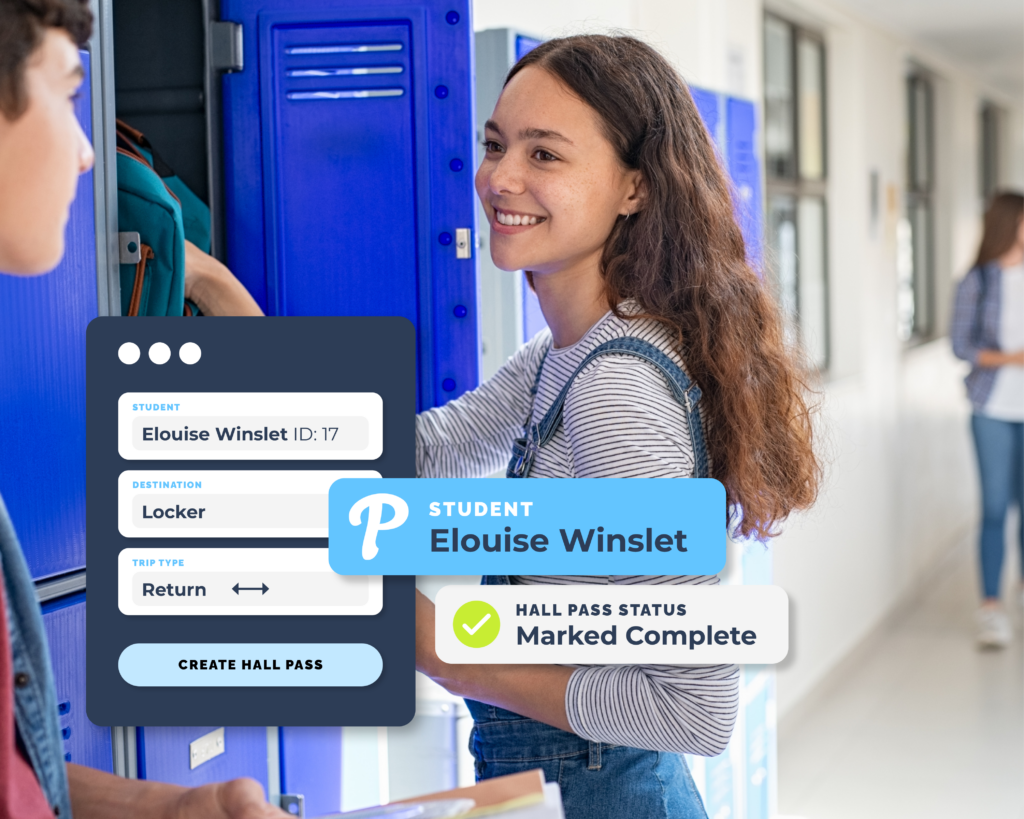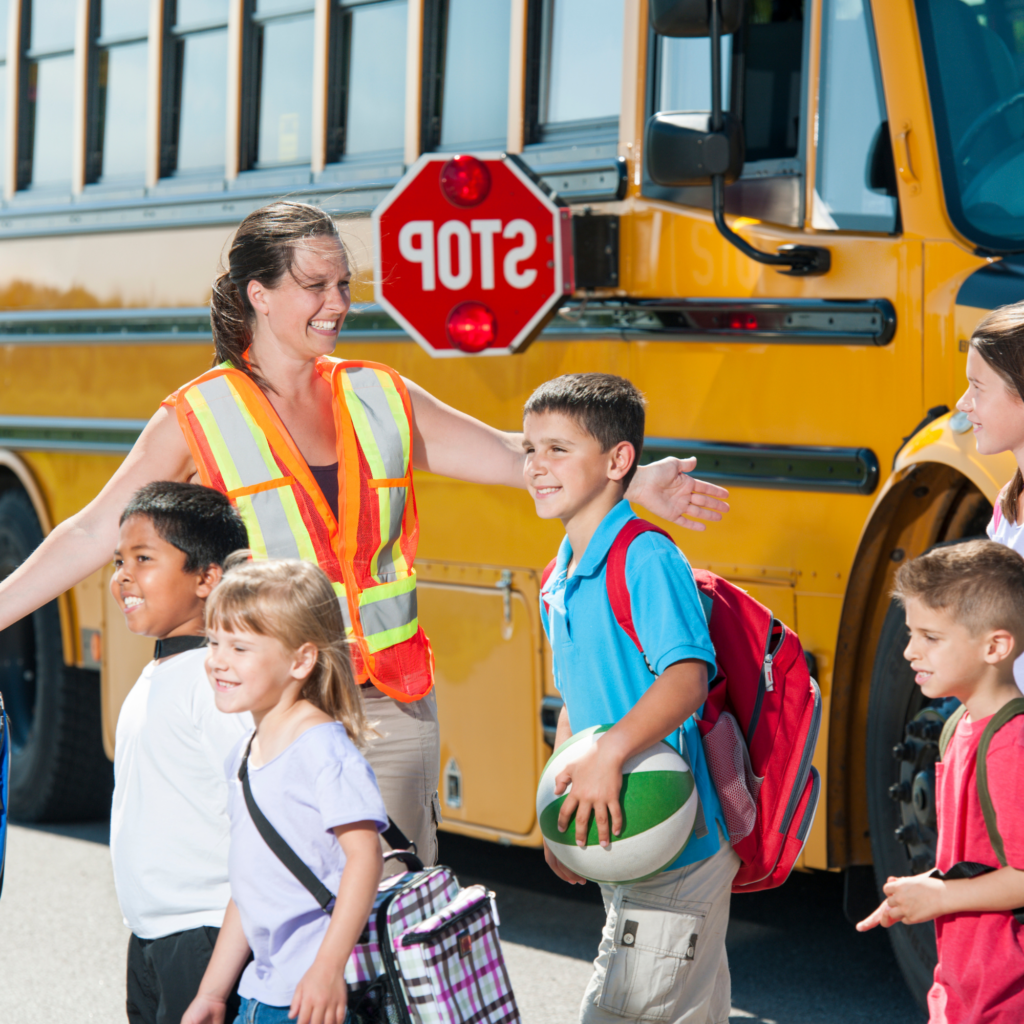As if the whirlwind of a busy school year wasn’t enough to make your head spin, staff, parents, and students need to be prepared for hurricanes. We’ve all seen the devastation that historic hurricanes can leave in their wake; however, even a low category hurricane can cause damage.
Think of your students running around at recess. Whether you’ve got 50 or 100 out there at full tilt, you’re still on guard and attentive, right? It’s the same with hurricanes: categories 1-5 can all pose a threat and should be watched and planned for accordingly.

Although the Atlantic hurricane season runs between June 1 and November 30, the past few years have witnessed hurricanes making landfall even earlier, starting around mid-May. Naturally, the rest of the Gulf and the entire east coast can expect to feel the effects of these major storms, too.
Hurricane preparation is important for school systems everywhere, as communication must be clear and consistent. You don’t want to find yourself shouting into the wind when a hurricane is in the forecast (sorry, we couldn’t resist!)
With most American school years beginning between August and September and wrapping up in May or June, it’s important to mark your calendars for peak hurricane season occurring mid-August through late October.
In other words, depending on your school’s location, the beginning of the year could be complicated by hurricanes. What’s more, the National Oceanic and Atmospheric Administration (NOAA) recently announced that we are embarking on year seven of above-normal storms, with projections including at least three to six major hurricanes making landfall before the season ends on November 30, 2022.
Here, we offer a 3-step checklist to help create your school hurricane plans, followed by what to do when one makes landfall while the school day is in session.
Before a Hurricane
Journalist John Quinlan wisely observed, “Preparedness is the only way we can combat a natural disaster.”
Sure, it’s a bit of a Captain Obvious statement; natural disasters are like the Goliath to our David — way bigger and more powerful. So, that makes preparation our rock and sling. While we can’t take down a hurricane, we can prepare to survive its strength.

You can do this by empowering your staff, students, and parents with a sound plan that they have practiced in order to execute it with composure and confidence.

Step #1: Create an emergency plan
This is a collaborative endeavor. As Dr. Eric Whitaker said, “Emergency preparedness is a team sport.”
It’s so helpful to envision your staff, parents, and students as being on the same team — the question is, are they all, in fact, on the same page?
You don’t even have to answer that; just understand that this is the goal of hurricane preparedness for schools.
To that end, focus on the following questions to shape your team’s response ahead of time:
- How will you communicate?
Communication, in this case, must be clear between school staff and parents. Consider the most effective way to communicate with everyone in order to ensure that all parties are on the same page.
- What is your early dismissal & reunification process?
When a hurricane threatens to make landfall, it’s imperative that everyone knows how to manage early dismissal and reunification, if need be.

As you solidify your plan, you’ll want to check the following boxes:
Share & train school staff and parents on the emergency plan
Once you’ve created your school hurricane plans, drill the steps with staff and students, copying parents on what the drill looks like in preparation for the real thing.

Provide easy to access documentation on your emergency plan
While copying parents on your school hurricane plans can be done via email, automated phone calls, or hard copies sent home, we advise that you also publish the plan on your school’s website. This way, additional concerned parties, like grandparents, nannies, or other caregivers, can be easily and quickly looped in should they be tasked with emergency pick up on an early dismissal day.
Be prepared with contingency plans if transportation modes become affected
A hurricane evacuation plan for schools needs to be flexible and quickly accommodate contingencies, such as a change in pickup person. For example, if a parent is unable to leave work in the event of early dismissal, does your system have documentation about other approved guardians or caregivers who can pick up a child or children from your school?

Step #2: Test emergency systems and processes
It’s impossible to know if a hurricane preparedness plan for school will work without testing it.
Specifically, you want to ensure that the following is absolutely foolproof:
Emergency communication – with schools staff & with parents
- Are you able to get a hold of everyone at a moment’s notice?
- Does your existing emergency communication plan include accurate information for all students and parents?

Early dismissal process drill
Students, staff, and parents should feel comfortable and confident with the plan for early dismissal. Drill the dismissal process to ensure a seamless transition in the event of a hurricane.
If you find that your system is worthy of a standing ovation, consider your school one step closer to show time!

Step #3: Update emergency contacts
Before you shine the spotlight on your hurricane preparedness plan, make sure your data is gold standard!
After all, so much of professional planning requires verifying existing information and making updates accordingly. As entrepreneur Jim Rohn said, “Accuracy builds credibility.”
A credible hurricane preparedness plan for school requires that you verify all contact information, including home, work, and mobile phone numbers, as well as email addresses for all parents and guardians.

Pro-tip: Do this at the beginning of the school year (we know… add it to the list, but trust us — your future self will thank you!).
Make the verification and update process a priority to ensure success with your school hurricane plans.
Did you know that you can have parents use their Pikmykid parent app to add and manage their emergency contacts? This can be used for both communication to parents in the event of a hurricane and in the early dismissal reunification process.
What do schools do in the event of a hurricane or tropical storm?
Sometimes all the planning in the world isn’t timely enough for a sudden storm, which means you and your staff need to act immediately.
The good news is, you’ve done all the legwork to ensure that, even though it might feel like a scramble, your system is solid and will carry you through the storm — quite literally!
In this case, your goals should be to put your school hurricane plans into action while preventing panic among staff, parents, and students.

Be the mirror, embody calm, and you’ll see it reflected back in those moments when it counts the most.
By having confidence in your school’s hurricane preparedness plan, you should be able to communicate quickly and effectively with staff, students, and parents, while encouraging calm behavior from everyone.
Since you need to act quickly, launch your early dismissal and reunification protocols first and then take the time to prepare the school property as much as possible.
The Centers for Disease Control (CDC) offers some sound strategies to help protect property from the damaging effects of a hurricane:
- Check the exterior of the school, focusing on areas like the playground, athletic fields, and other open spaces for any debris that could cause damage. Remove toys, small equipment, chairs, etc. — anything that is easy to move should be collected and secured in storage.
- If possible, cover classroom windows and remove objects (Teachers! This is your opportunity to “store” abandoned art projects, relocate those plants that will not be revived, and generally restore order to your window sills.) Draw curtains or blinds closed.
- Push desks and furniture away from windows, moving them towards the center of the room.
- Store paperwork inside locked filing cabinets to avoid them scattering to the wind in the event of hurricane damage to your school.
- Shut interior doors and lock exterior doors.
Partner with Pikmykid and let us help you empower your school’s staff, students, and parents with emergency processes to ensure you will weather hurricane season safely and successfully.
Interested in Creating a Well-Rounded School Safety Plan?
Check out The Ultimate Back to School Safety Tips Webinar
In this webinar, you’ll learn how schools can implement the critical safety aspects they need to make your school safer than ever before. In partnership with D-Prep, safety experts will walk you through practical steps to transform your school safety!




